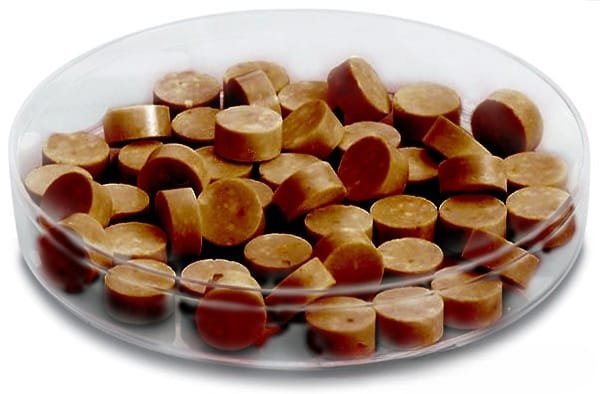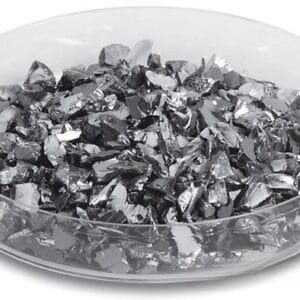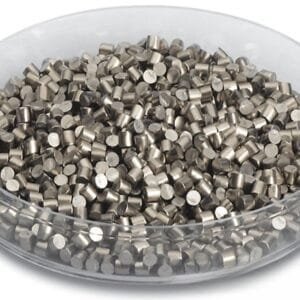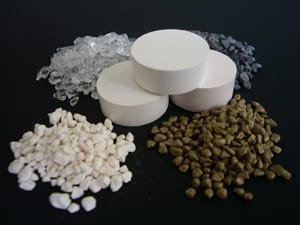Copper Aluminum Oxide Evaporation Materials Overview
TFM offers high-purity copper aluminum oxide evaporation materials, characterized by the chemical formula CuAlO2. These materials are essential for ensuring the quality of deposited films in various deposition processes. Our copper aluminum oxide evaporation materials are manufactured with up to 99.9995% purity, reflecting our commitment to excellence and rigorous quality assurance protocols.
Applications
Our copper aluminum oxide evaporation materials are versatile and used in several critical applications, including:
- Deposition Processes: Ideal for semiconductor deposition, chemical vapor deposition (CVD), and physical vapor deposition (PVD).
- Optical Uses: Suitable for applications like wear-resistant coatings, decorative finishes, and display technologies.
Packaging and Handling
To ensure optimal quality and prevent damage, our copper aluminum oxide evaporation materials are meticulously tagged and labeled for easy identification. We prioritize careful handling during storage and transportation to maintain the integrity of the materials.
Contact Us
TFM is your trusted partner for high-purity copper aluminum oxide evaporation materials. We offer these materials in various forms, including tablets, granules, rods, and wires. Customized shapes and quantities can be accommodated upon request. In addition to evaporation materials, we also provide evaporation sources, boats, filaments, crucibles, heaters, and e-beam crucible liners. For inquiries regarding current pricing or additional products, please reach out to us.


 MSDS File
MSDS File



Reviews
There are no reviews yet.